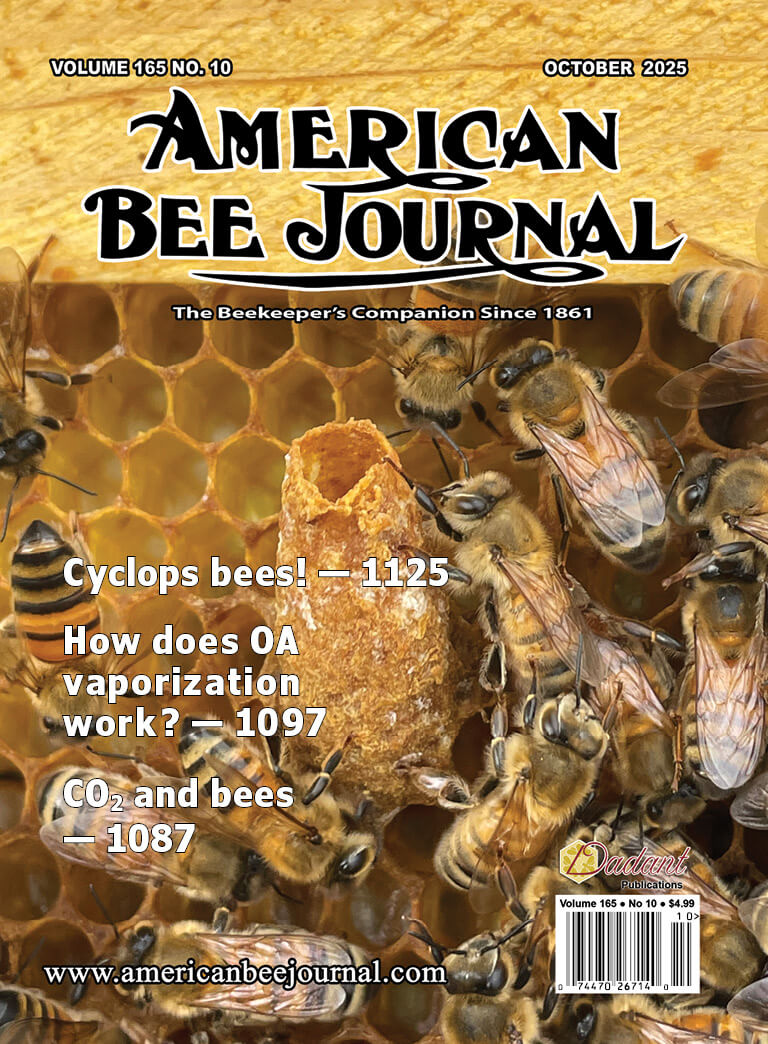Most every swarm season delivers at least one surprise; this past swarm season (the spring of 2024) had its share, and one was revealed in a hive at 2:00 a.m., not a typical time.
The location is the main apiary at my bee house, where smaller groups of hives scattered nearby begin to launch swarms. I know when some swarms are eager to find new nest sites by the intensity of their scouting. From my house well away from the main apiary, the first step or two out the back door brings a frantic humming over at the stored empty hives, or bees investigating my work bench, telling that at least one swarm is intently searching.
With tall trees all around, I gave up long ago searching for swarm clusters. Rather, I concentrate on providing attractive bait hives and trying to understand the collective behavior of the scout bees observed at several bait hives at particularly favorable sites.
I started out managing up to 30 single-comb top-bar observation hives in the bee house. Now in addition to the single-comb hives, I have multilayer (story) frame observation hives: one, two and three frames wide. These observation hives function analogously to multistory standard hives in outdoor apiaries.
This past spring, I had one large observation hive, without bees, all its frames in built comb. The hive was three frames wide with two tiers of medium-depth frames (a total of six frames), analogous to a pair of supers, and below them three deep frames analogous to a brood chamber. That frame arrangement left extra space below the deep frames, which the previous colony had filled with their comb. (The observation hive was designed to take four tiers of medium frames for a total of 12 frames.) Essentially then, the entire volume of the cavity was full of comb. I left the entrance open to the observation hive. The apiary by the bee house was the source of most swarms for another study concerning whether scout bees could detect bait hives with more combs [see “Can Scout Bees Perceive the Amount of Comb in a Bait Hive?” in the August 2024 issue].
On April 15, at a time of considerable swarming, and an intensily busy time for beekeepers here in Virginia, I heard that unmistakable loud buzz of a descending swarm close by the bee house. A swarm was coming for the large observation hive full of comb …
Bees & Beekeeping: Present & Past Columns
The Growth and Premature Demise of a New Swarm: Observed in a Large Observation
- October 1, 2024
- Wyatt A. Magnum - (excerpt)


